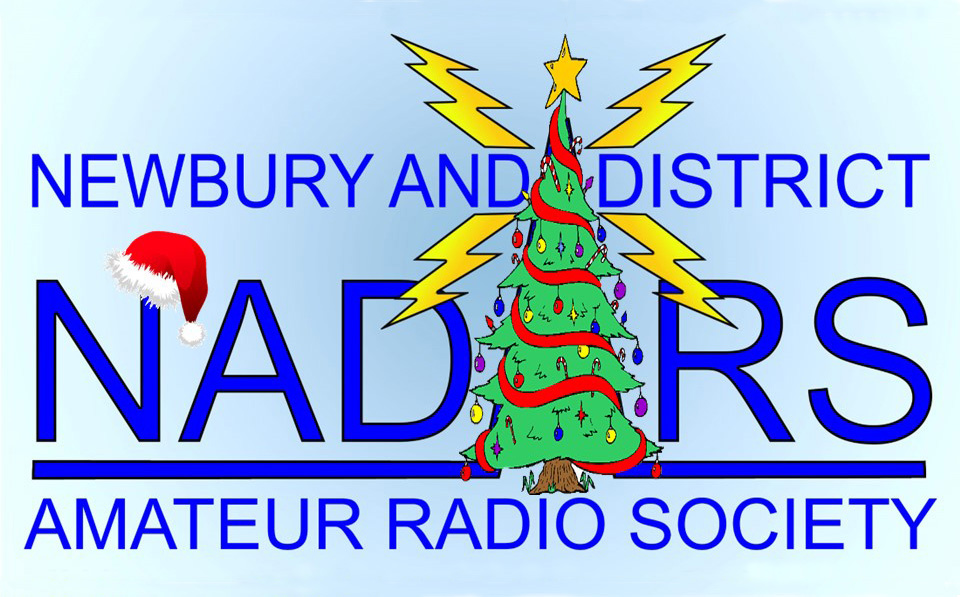The RST System of Signal Reporting has been
used for years (circa 1934) as a shorthand method of reporting Readability,
Signal Strength and for CW, Tone (i.e., quality of the CW tone). For voice
contacts only the R and S are used. The S component is usually not the same as
your S-Meter reading as most S-Meters aren't calibrated to track the RST System.
The RST is also reported on QSL Cards and must be filled in correctly -- e.g., a
569 report for a Voice Contact is invalid. Note that many DX operations and
contest stations merely report 59(9) as a convenience to avoid having to log
each of the real reports. A questionable practice but a fact of DXing/Contesting
READABILITY
1 -- Unreadable
2 -- Barely readable, occasional words distinguishable
3 -- Readable with considerable difficulty
4 -- Readable with practically no difficulty
5 -- Perfectly readable
SIGNAL STRENGTH
1 -- Faint signals, barely perceptible
2 -- Very weak signals
3 -- Weak signals
4 -- Fair signals
5 -- Fairly good signals
6 -- Good signals
7 -- Moderately strong signals
8 -- Strong signals
9 -- Extremely strong signals
TONE
1 -- Sixty cycle a/c. or less, very rough and broad
2 -- Very rough a/c. , very harsh and broad
3 -- Rough a/c. tone, rectified but not filtered
4 -- Rough note, some trace of filtering
5 -- Filtered rectified a/c but strongly ripple-modulated
6 -- Filtered tone, definite trace of ripple modulation
7 -- Near pure tone, trace of ripple modulation
8 -- Near perfect tone, slight trace of modulation
9 -- Perfect tone, no trace of ripple or modulation of any kind








